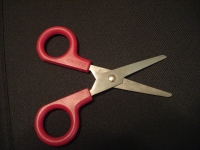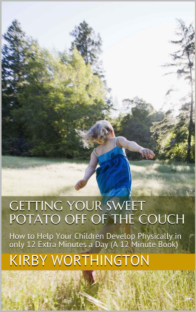As mentioned previously, children today are learning to type but their hands aren't strong enough to write or do other tasks like being able to eat without spilling on themselves which is a skill that requires hand strength and coordination. People want and need to write legibly and quickly. Arts and crafts, the playing of musical instruments, cooking, measuring....all parts of life require finger strength.
Here is a list of some ways to build finger strength:
- climbing trees or jungle gyms
- folding clothes (make a matching game out of the socks)
- crawl through toy tunnels or cardboard box tunnels
- pretend to be animals and crawl around
- sweep with a child-size broom
- wash the car (or make a car wash tunnel with a garbage bag cut into strips - this can also be seaweed that they can crabwalk through on the ocean floor)
- cooking! stir, knead, cut, roll
- play with playdough or clay (which is even better for strengthening)
- give the baby doll a bath or handwash the doll clothes - wring them dry and hang them out on the line with clothespins
- sewing cards that progress to learning stitches, sewing on a button, and more
- ball puppets (see below)
How to make a ball puppet:

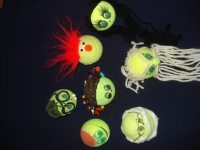
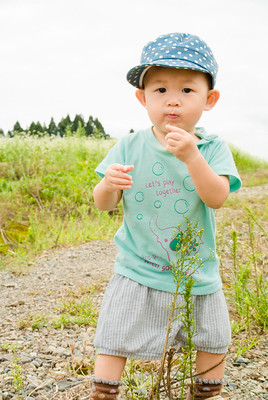
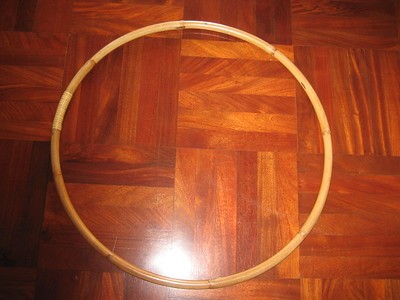 Ways to Make a Hoop:
Ways to Make a Hoop:
 Parents of preschoolers are tired people. Caring for little ones is exhausting work. We have the best intentions of providing enriching activities for our kids, but when exhaustion sets in, good intentions go out the window. To help you plan for those times when you need something your child can do while you are lying down or sitting, here's a list of 20 activities.
Parents of preschoolers are tired people. Caring for little ones is exhausting work. We have the best intentions of providing enriching activities for our kids, but when exhaustion sets in, good intentions go out the window. To help you plan for those times when you need something your child can do while you are lying down or sitting, here's a list of 20 activities.
